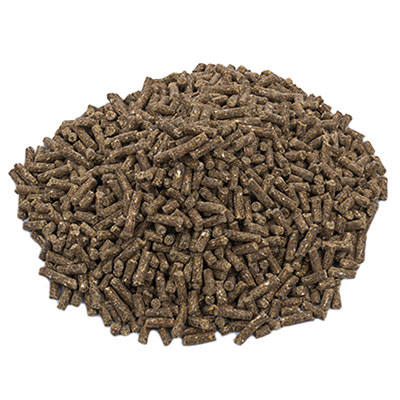Dairy Advice - Summer
Protein
Protein is one of the most important nutrients in a ruminant diet forming the building blocks for muscle, skin, bones, wool and milk.
It’s impossible to overstate the critical importance of protein for the ruminant: aside from being an essential component of muscle, skin, bone, wool and milk it can also be broken down to use as an energy source.
In practical nutritional terms, protein is measured as Crude Protein which is estimated from the nitrogen content of the diet and reported as a percentage, i.e. a diet may consist of 16% Crude Protein.
Requirement vs availability
Protein beyond pasture
Other crops and supplements, however, have variable protein contents. Maize silage or maize grain, for instance, contain only 5 – 7% crude protein and many winter forage crops only average around 10%.
The reduced dietary protein levels of these options would help to reduce the urinary nitrogen when used in combination with high-protein pasture.
On their own, however, these feeds would limit the production or growth rates. To avoid this outcome, you need to adopt an appropriate supplementation from sources such as pelleted feed, soyabean meal, dried distillers grains, canola and crops such as lucerne.
To optimise your feed strategy it’s important to know what protein percentage you’re feeding, and this is accurately assessed by way of testing your herbage, balage or silage. Testing will help ensure that you’re using the right feed at the right time without waste and with minimal nitrogen excretion.

Maxi Pro
Balances the diet as pasture changes occur to help maintain post peak milk production, so income can be maximised.

